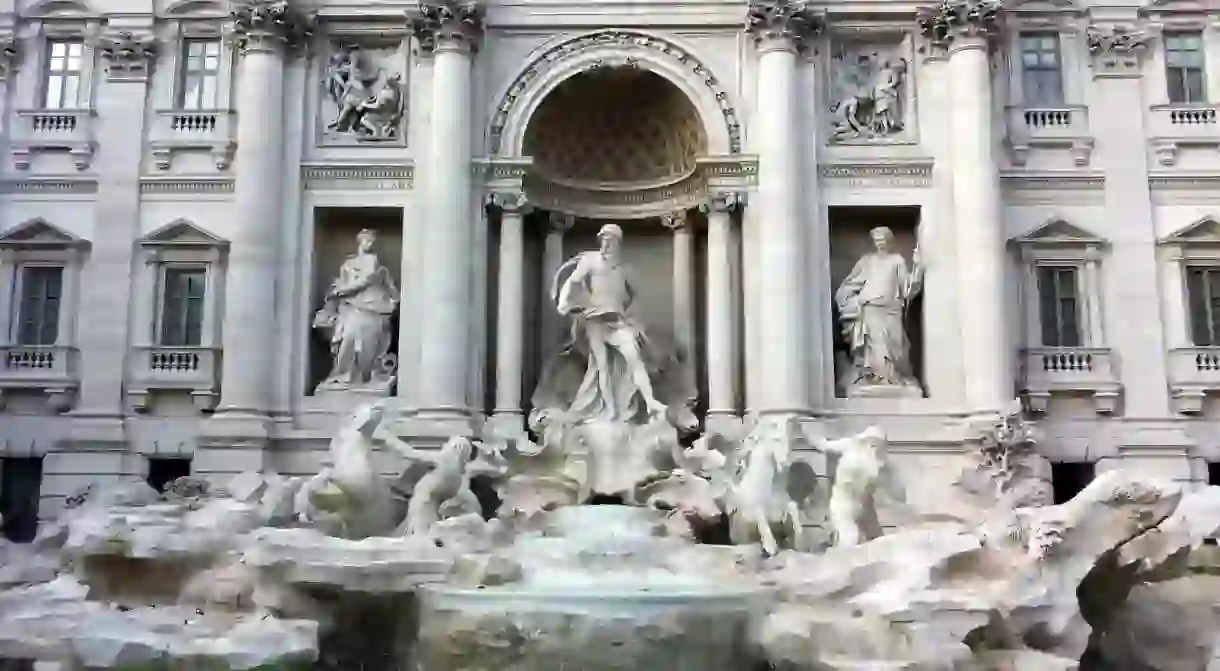A Budget Traveler's Guide to Rome

Accommodation, sightseeing, transport and food can all add up to make a trip to Rome a costly experience. However, with careful planning, good timing and a few local tricks, it is possible to save some precious Euros. Here’s how to visit the Eternal City on a budget.
Save on accommodation
A budget stay in Rome begins with the planning stages, when faced with a huge range of accommodation types and locations. Try travelling in the winter months for low-season bargains, or plan your stay mid-week to find some good deals. Most visitors choose to stay in the more costly, central areas around Piazza Navona, the Colosseum or the Spanish Steps. Instead, opt for the outer neighbourhoods with good public transport links, such as Testaccio, Pigneto and San Lorenzo. The suburbs of Rome are also cheaper in terms of grocery shopping, bars and restaurants, and you will get to rub shoulders with the Romans. Renting an apartment is also a good way to save cash on eating out and is a great excuse to shop in the fantastic local markets.
Eat where the locals eat
The center of Rome is heaving with restaurants but most Romans know that, for the best food, it’s best to head away from the major sites and go where prices are cheaper and the quality is superior. Rustic pizzerias offer great value for money, while traditional family-run trattorias tucked away down side streets serve generous portions of pasta and very reasonable house wine. During the day, take advantage of the numerous pizza al taglio joints, which sell slices of pizza by weight, or grab a delicious panino and head to a piazza or park to enjoy lunch in the open air.

Find the free attractions
Sightseeing in the Eternal City can prove costly, as entrance fees to the major attractions add up to a pretty penny. Most of the major sites have an open day once a month, with state-run sites such as the Colosseum, Forum, Palatine Hill and Capitoline Museums all free on the first Sunday of the month. The Vatican Museums and Sistine Chapel also open their doors for free on the last Sunday of the month, but be prepared for queues and crowds. Consider investing in a three-day Roma Pass, which includes entrance to two state attractions and discounts on many others, as well as unlimited use of public transport. Another option is to make the most of Rome’s numerous churches, fountains, piazzas and libraries. Some of the city’s best sites, including the Pantheon, Trevi Fountain and Piazza Navona, come with no price tag and stunning works by Bernini, Caravaggio, Michelangelo and Raphael can be viewed for free in some of Rome’s most impressive churches.
[jwplayer nf8AFPzL-RnIdcM25]
Fill up at the nasoni
Nasoni are the small, flowing water fountains dotted around the city, which provide Romans and visitors with constant access to fresh, clean, drinking water all year round. The word nasoni comes from the Italian for ‘big nose’ and refers to the shape of the tap. There are more than 2000 nasoni across town, so be sure to carry a bottle with you for instant refills and free hydration in the sultry summer months.

Don’t take taxis
Rome is a very walkable city, with the centro storico easy to explore on foot. Many of the most beautiful streets and squares are pedestrianized, so grab a good map and plan to get a bit lost. For longer distances, the metro system, though limited, will get you to each end of the city for just €1.50 per journey, and there is also a decent network of buses and trams crisscrossing the town. Just remember to pre-purchase your ticket from the tabacchi shop or newspaper stand, and validate it when you get on.
Discover aperitivo
The Italian ritual of aperitivo takes place across the capital in the hours before dinner (which in Italy commonly starts around 9PM). Similar to the idea of Happy Hour, aperitivo involves purchasing a drink and gaining access to a buffet table of food for unlimited visits. The drink and food combo will usually cost €6-10 and, if timed correctly, will often eliminate the need for dinner. The drink of choice is a spritz (prosecco and either Campari or Aperol, served over ice with a dash of soda). Look for good aperitivo spotsin the nightlife areas of Trastevere, Testaccio and Campo de’ Fiori between the hours of 6-9PM.














